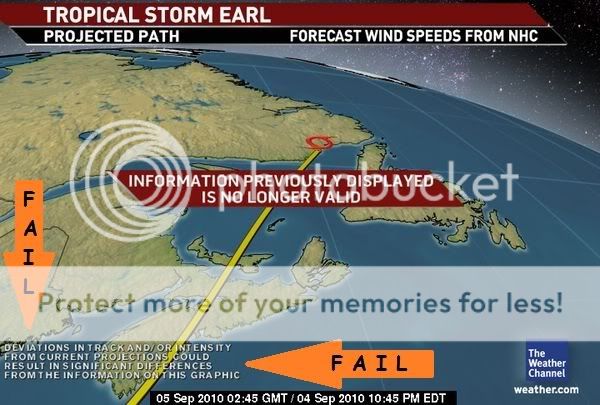Wicked Jester
Libsmackin'chef
Hell, I still want to what happened to that damn Ice Age we were promised back in the early seventies.
The nutters were promisin' it, but where did it go?
What up wit dat chit?
The nutters were promisin' it, but where did it go?
What up wit dat chit?














